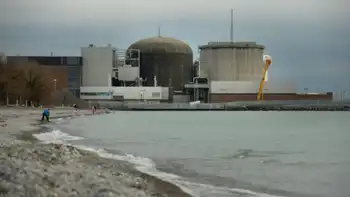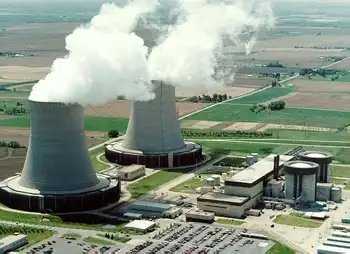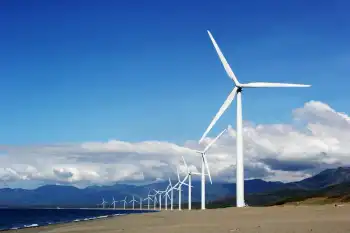European electricity prices could rise to record levels this summer
By International Herald Tribune
Protective Relay Training - Basic
Our customized live online or in‑person group training can be delivered to your staff at your location.

- Live Online
- 12 hours Instructor-led
- Group Training Available
"The chances are we will see significant increases in prices," said Kim Keats, head of the power and fuels group at ICF International, a consulting firm in London.
The price of baseload electricity for next quarter in Germany, the biggest European market, has risen 27 percent from its low this year on Feb. 23 and traded recently at $62.95 (US), a megawatt-hour, according to GFI Group. Increased demand for electricity to power air-conditioners and refrigerators may send baseload, or around-the-clock, contracts as high as 60 euros per megawatt-hour, said Olaf Ter Bille, senior energy trader at the MMT Energy Fund.
Temperatures in northwestern Europe may jump to records in the second half of July, Jim Dale, a senior risk meteorologist at British Weather Services, said. There is a 70 percent chance mean summer temperatures will be above the 1971-2000 average for much of Western Europe, the British Met Office said.
Traders have started buying power for the summer to avoid shortages that would force them to buy in the potentially more costly spot market. MMT, based in Amsterdam, forecasts German electricity contracts for next quarter could rise as much as 30 percent.
Hot weather affects supplies as well as demand. Rising temperatures reduce water levels on rivers, restricting shipping and supplies of coal to power stations, Keats of ICF said.
The driest April in 106 years did not affect shipping on the Rhine, the busiest European waterway, Markus Lehmacher, a spokesman for Cologne's Water and Shipping Agency, said last week. Water levels Wednesday fell to their lowest level this year, 1.99 meters, or 6.5 feet, around Cologne. When levels are below two meters, restrictions may be imposed that require each barge to carry less coal, Lehmacher said.
April was the warmest month on record in northwestern Europe, according to forecasters. Hotter temperatures typically mean lower amounts of rainfall.
"If precipitation levels carry on as this, there will be problems," said Dale, whose company sells forecasts to businesses including energy companies.
Warmer waters also restrict how much cooling water power plants may discharge for environmental reasons. Such limits force power plants to generate less electricity. A "severely hot" summer in Europe could reduce production at French nuclear power plants, Mark Daubney, a strategic specialist in the European energy services department of John Hall Associates, said.
The record on the European Energy Exchange in Germany for baseload day-ahead power was set on July 26 at 301.54 euros a megawatt hour. It was at 37.21 euros recently.
Falling prices for carbon emissions contracts will restrain prices, Keats said. The price of 2007 permits, required to emit carbon dioxide from about 12,000 power plants and factories in the region, dropped more than 95 percent since a year ago as national governments handed out more credits than utilities needed.
Forecasters do not always get it right. Prices of next-quarter power contracts may fall if meteorologists change their forecasts or temperatures fall in France and Germany, traders say. "It could go down to 30 euros if we have a cold summer," Ter Bille of MMT said.











